Big cat sanctuaries play a crucial role in housing and caring for exotic felines that cannot be released back into the wild. These facilities often serve as safe havens for animals rescued from circuses, zoos, and private ownership. However, keeping big cats in sanctuaries presents numerous challenges. This article explores the complexities and difficulties of maintaining these majestic creatures in captivity, spanning from ethical dilemmas to financial considerations.
Understanding Big Cat Behavior

The behavioral patterns of big cats such as lions, tigers, and leopards are deeply rooted in their wild ancestry. In sanctuaries, accommodating these natural instincts—such as the need for privacy, hunting, and social interaction—is essential. Providing environments that mimic their natural habitats can be difficult, yet it’s crucial for ensuring the physical and psychological well-being of the animals.
Space Requirements
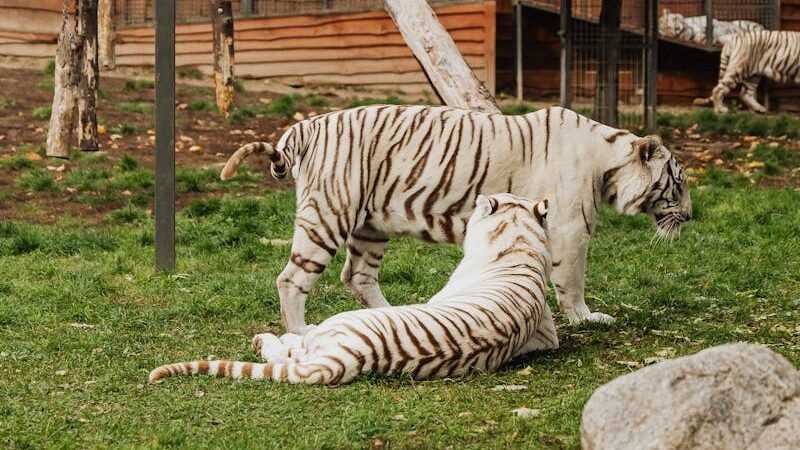
One of the most significant challenges is meeting the spatial needs of big cats. These animals require vast territories, which can be difficult to recreate in captivity. Sanctuaries must strive to offer enough space to allow for exercise, exploration, and natural behaviors, and this often requires substantial acreage along with creative habitat design.
Nutrition and Dietary Needs

Photo by Nati via Pexels
Providing a proper diet that meets the nutritional needs of big cats is crucial yet challenging. These carnivores require a diet consisting mostly of raw meat, supplemented with vitamins and minerals. Balancing nutrition while managing the cost of food can be demanding, as it requires continuous veterinary oversight and significant financial resources.
Medical and Veterinary Care
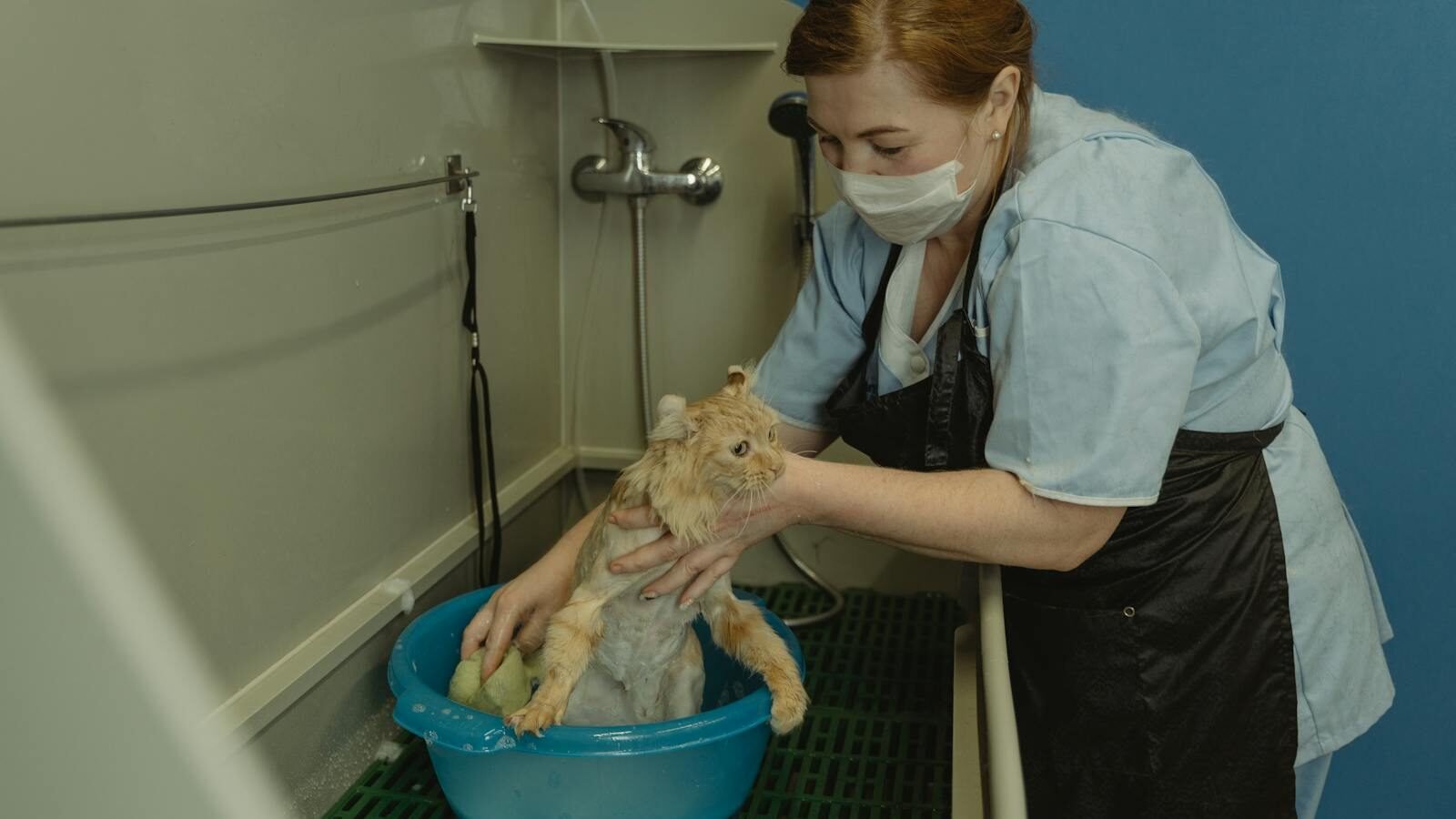
Maintaining the health of big cats demands comprehensive and routine veterinary care. Health issues such as dental disease, obesity, and genetic disorders are prevalent in captive felines. Regular check-ups, vaccinations, and emergency care require not only expert veterinarians but also specialized equipment and facilities.
Psychological Well-being and Enrichment
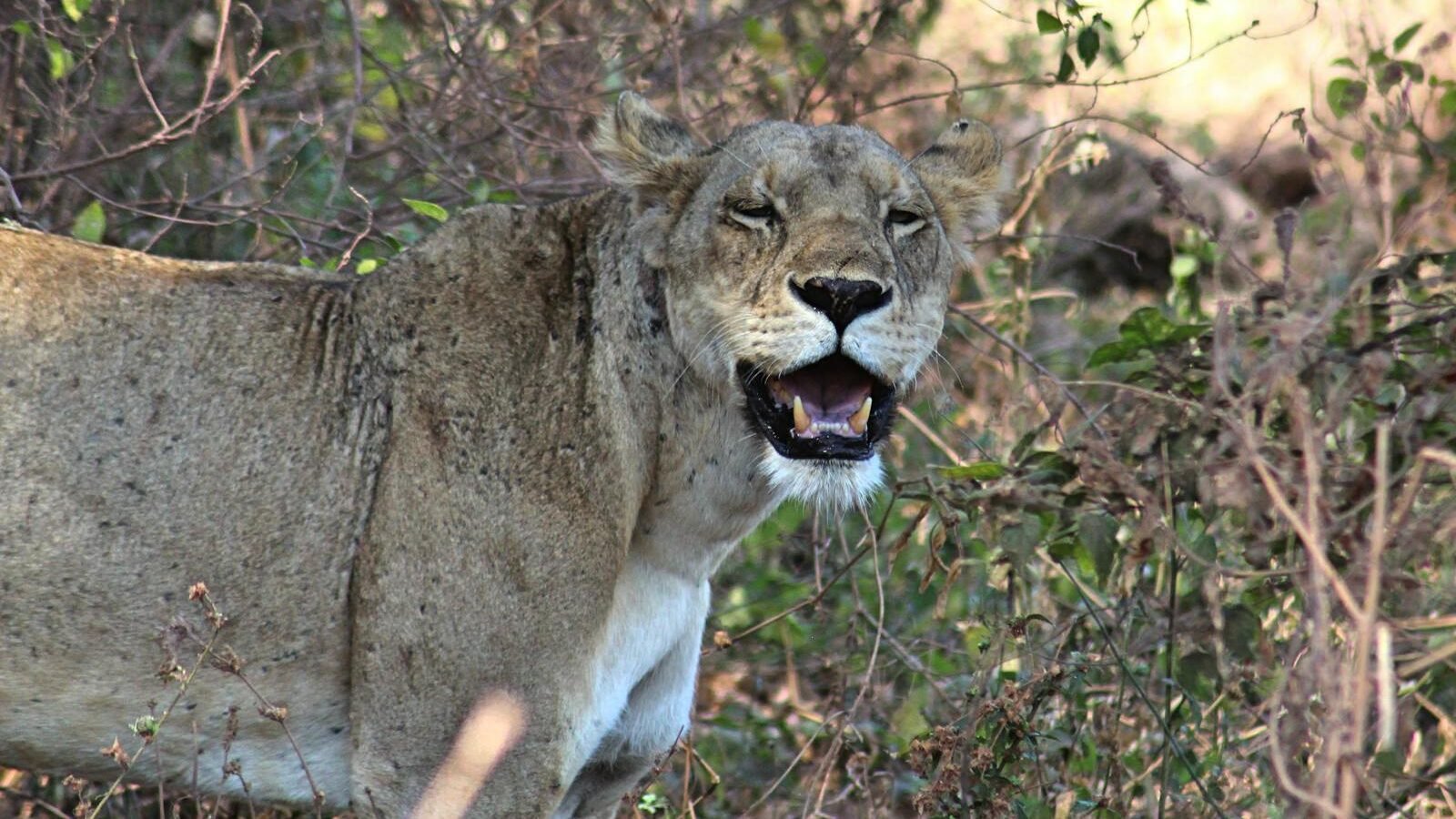
Photo by Kristina Schultheiß via Pexels
Big cats often face psychological stress in captivity due to limited stimuli compared to what they encounter in the wild. Enrichment programs—such as toys, climbing structures, and interactive feeding techniques—are essential to keep these animals mentally stimulated and reduce stress-related behaviors.
Staffing and Expertise
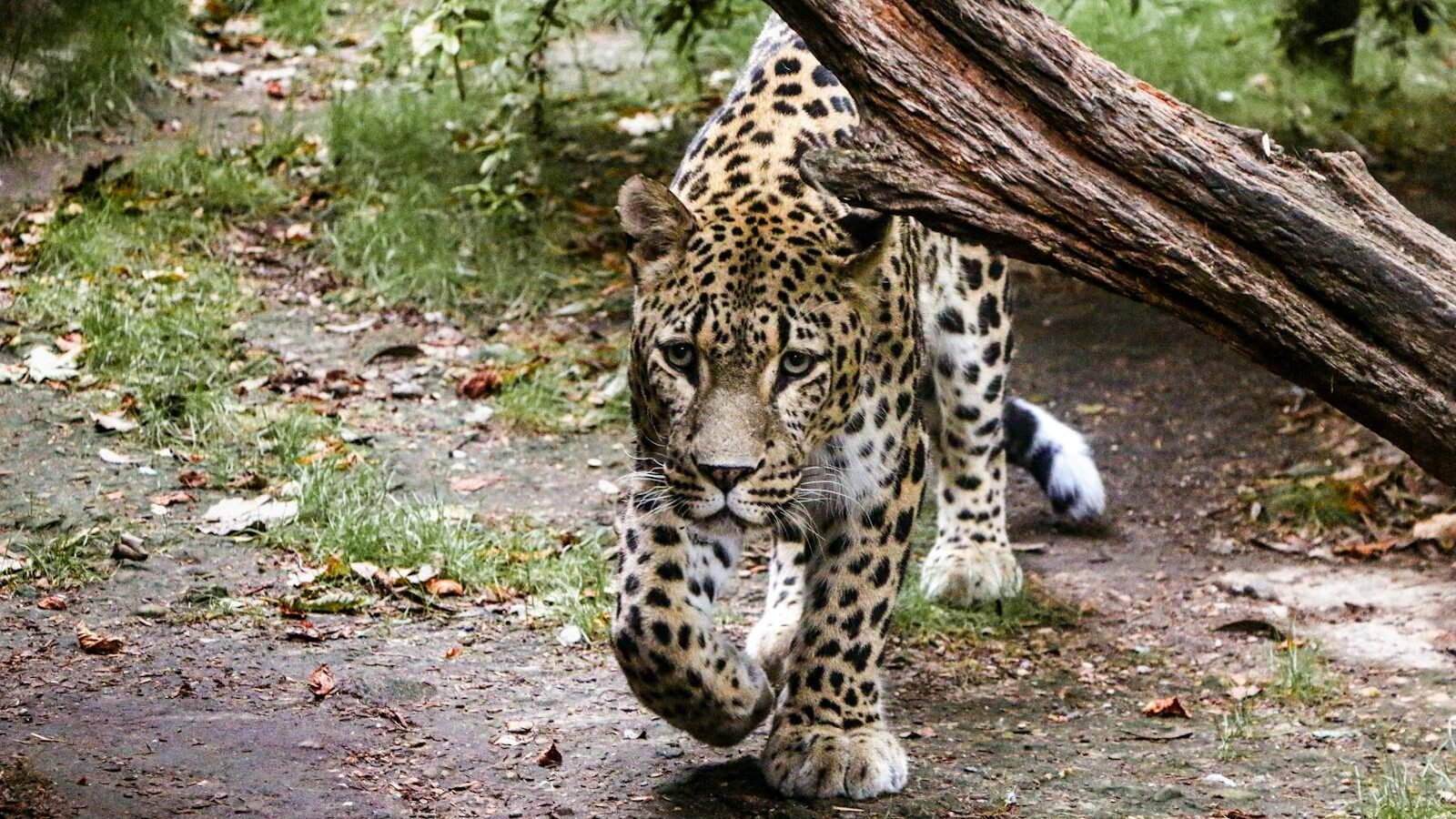
A significant challenge in operating a big cat sanctuary is ensuring skilled staffing. Handling and caring for big cats requires specially trained personnel knowledgeable in animal behavior, veterinary science, and safety protocols. Recruiting and retaining qualified staff is difficult, often due to safety concerns and financial constraints.
Ethical and Conservation Issues
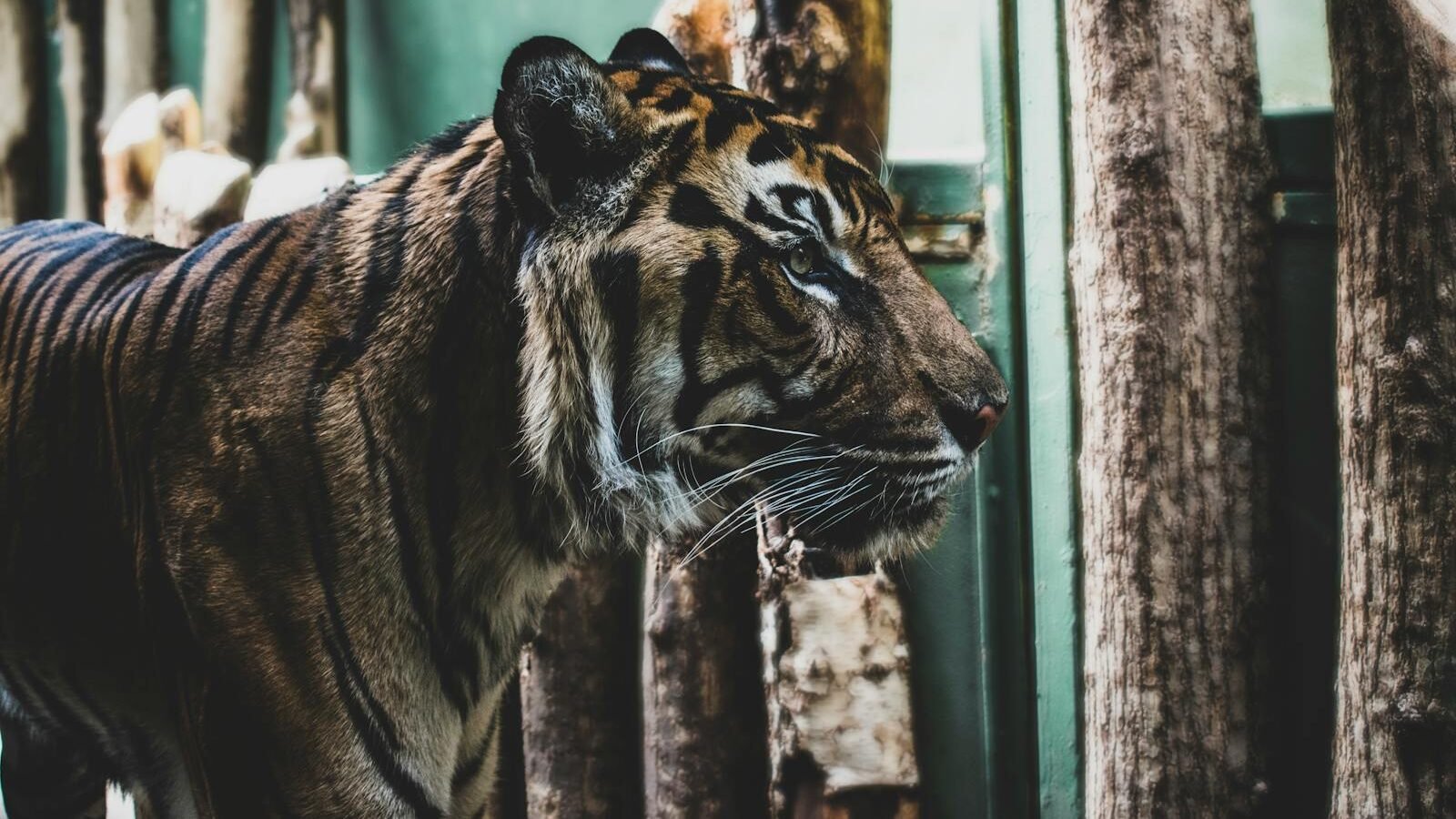
Sanctuaries must navigate complex ethical issues, such as breeding practices, public interaction, and conservation messaging. It is essential for sanctuaries to adhere to ethical guidelines that prioritize animal welfare over profit, avoiding practices that exploit the animals for entertainment or breeding for captivity.
Funding and Sustainability
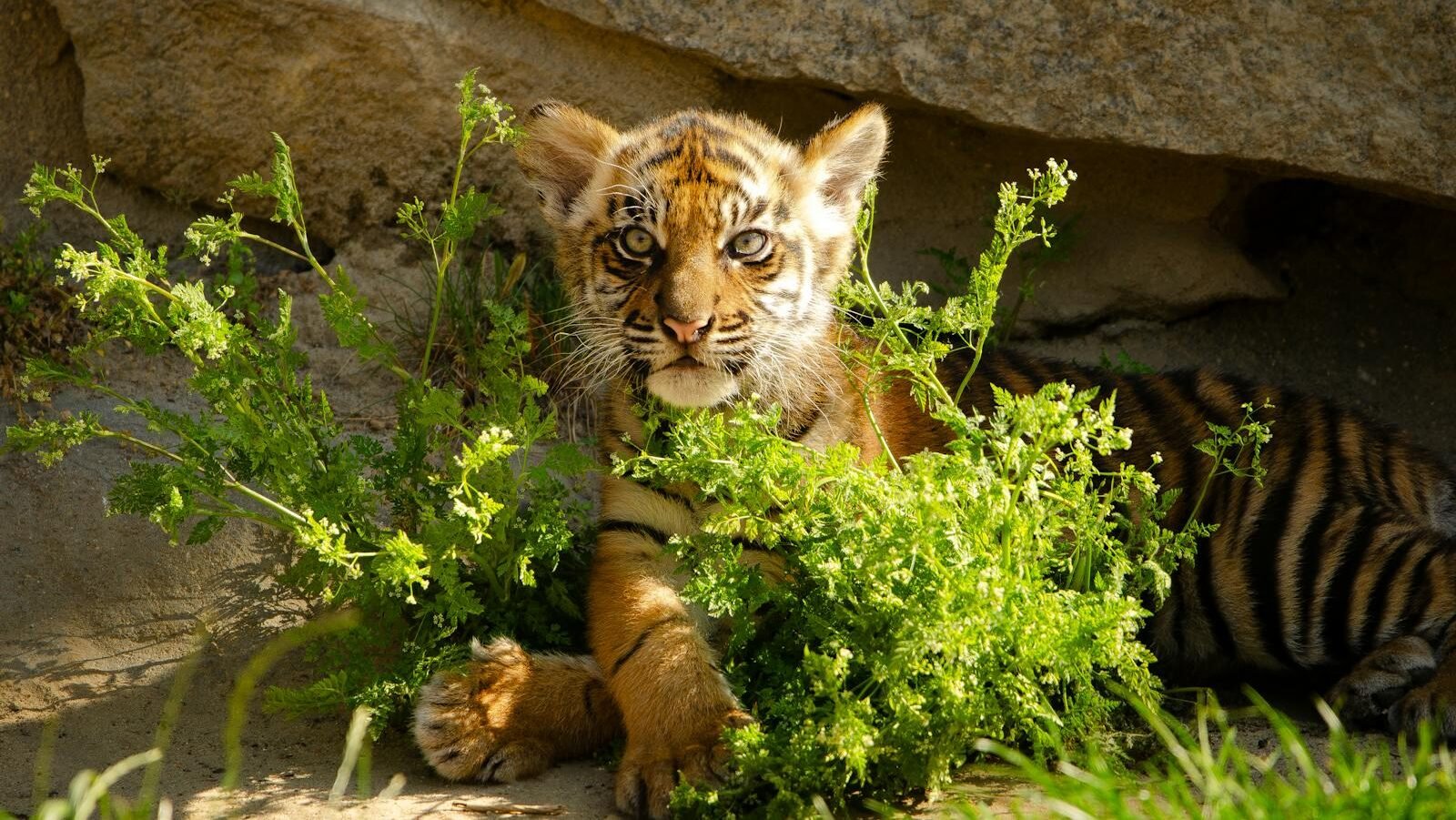
Photo by Leon Aschemann via Pexels
Financial sustainability is a persistent challenge for big cat sanctuaries. They rely heavily on donations, grants, and visitor fees, which can be volatile. Long-term financial planning and fundraising are essential to cover operational costs and invest in infrastructure to enhance animal care.
Legal and Regulatory Challenges

Sanctuaries must comply with a myriad of local, national, and international regulations governing animal welfare and public safety. These regulations can differ widely and may require sanctuaries to undergo regular inspections, apply for permits, and adhere to stringent care standards.
Public Education and Awareness

Photo by Luis Quintero via Pexels
Educating the public about the plight of big cats and the importance of sanctuary work is vital. Many sanctuaries engage in outreach efforts to raise awareness and advocate for policy changes. However, balancing educational missions while safeguarding animal welfare and privacy can be challenging.
Conclusion

Running a big cat sanctuary is a formidable endeavor fraught with a multitude of challenges. From ensuring adequate space and nutrition to providing comprehensive healthcare and enriching environments, sanctuaries must contend with both logistical and ethical considerations. Despite these hurdles, their work remains critical, offering a sanctuary for big cats in need while advocating for their protection and conservation. Ultimately, big cat sanctuaries serve as a testament to human compassion and our responsibility to care for these majestic creatures that cannot return to the wild.

With over a decade of experience as a dedicated cat lover and enthusiast, I specialize in writing captivating content about all things feline. My expertise shines through in creating engaging and informative pieces that resonate with fellow cat lovers. As a proud cat parent to my beloved Duston, my personal connection to the world of cats adds authenticity and warmth to my work, making it relatable and heartfelt.






